New digital protection opportunities for designers and companies in the EU
The recent reform of the European Union’s design regulation represents a historic update that redefines the legal framework for protection in this field. From facilitating multiple design registrations to incorporating new technologies such as 3D printing and digital assets, the regulation responds to the challenges of a constantly evolving market. At Iberian Lawyer, we spoke with Ana Herrera Arroyo, director of patents, technological development, and innovation at Pons IP, to break down the practical implications, benefits for businesses and designers, and the strategic opportunities this legislation opens up for rights holders across Europe.
by mercedes galán
What overall impact does the reform of Regulation (EU) 2024/2822 on designs in the EU have?
Firstly, this reform will provide greater legal security and coverage to holders against acts of infringement. Secondly, it will provide more accessible, straightforward, and cost-effective design protection. And thirdly, it broadens the products eligible for design protection by modifying the definitions of “product” and “design” to include digital creations. Particularly, in the automotive sector, this reform is especially relevant as it will allow the reproduction of spare parts to repair complex products, which will liberalize the market for these parts and promote free competition in the sector.
Why do you think this reform was long-awaited in the field of Intellectual Property?
There was a need for modernization and adjustment of the Regulation to respond to the demands posed by technological advancements, as well as the harmonization of national and EU rules and procedures. For example, there was a need to regulate the protection of products created in digital environments, allow new ways of presenting designs such as movement or animation, and include acts related to the copying of registered designs through technologies such as 3D printing or the distribution of software containing them.
What are the main simplifications introduced by this reform in the design and model registration procedures in the EU?
Mainly, the new regulation will allow up to 50 designs to be included in a single multiple application without all of them needing to belong to the same classification (as was required before), resulting in reduced fees at the time of application. This, in my view, is the most significant simplification.
In terms of updates, what changes stand out to adapt the regulation to new market and technology challenges?












